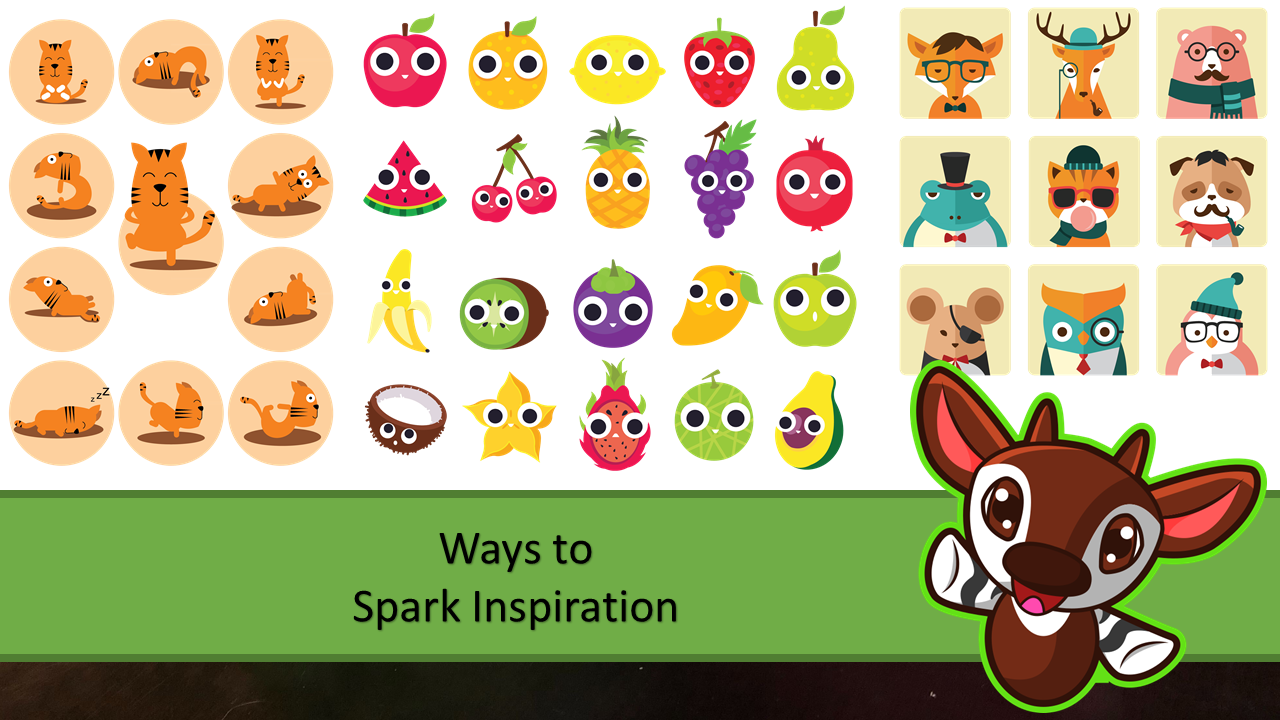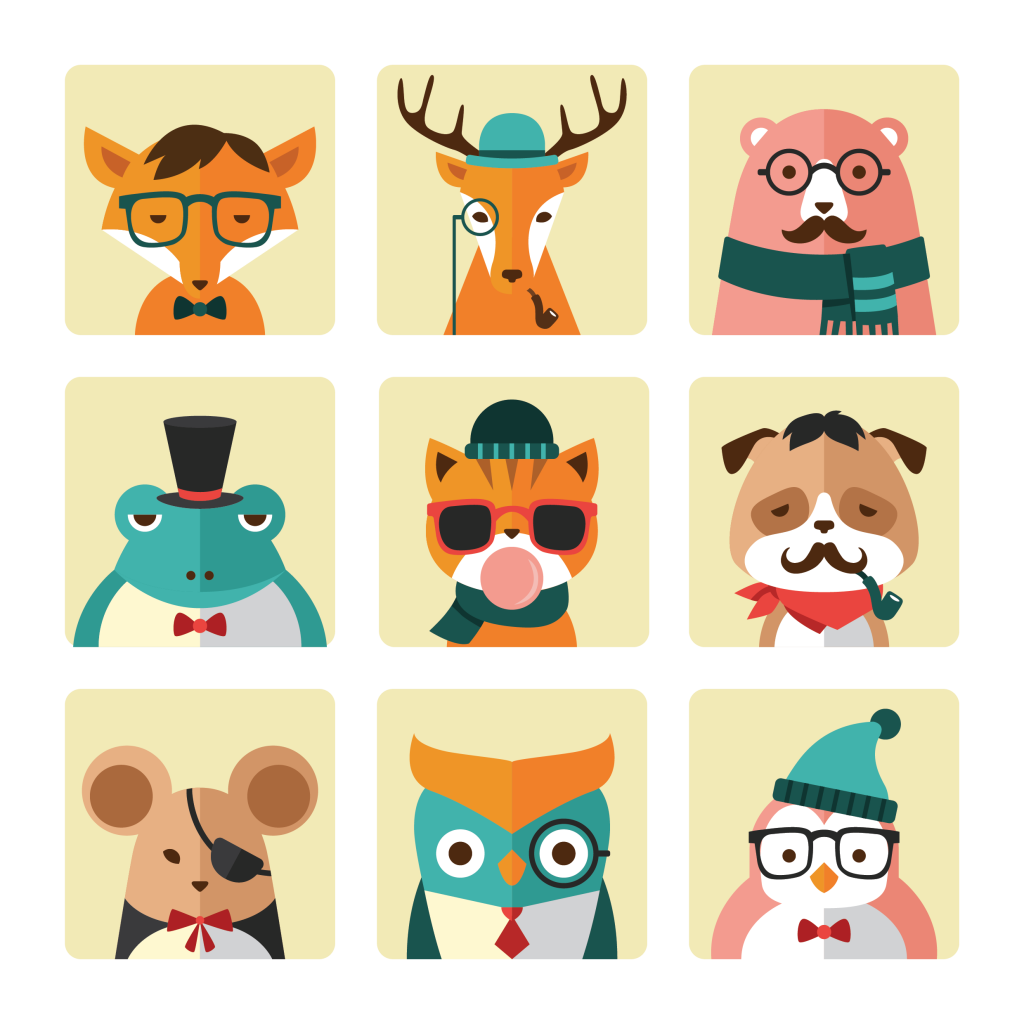
So, you want to design a new game and you haven’t had any specific inspiration for awhile? What do you do? Well, there’s a ton of different reasons why you might not be inspired, so let’s talk about some different options for sparking creativity.
Choose Some Constraints
I always work better under specific constraints. Giving yourself several of them can actually make it so much easier to get a direction for a design. It’s partially due to the fact that, when you make a game without limitations, it can be about absolutely anything and with any number of mechanics. Choosing between the overwhelming vastness of infinite possibilities can be surprisingly difficult. But if you limit your choices, they become easier to make.
There’s a variety of ways to start with choosing constraints. One great way is to look for a contest to enter, as contests usually have deadlines and might even provide you with feedback on your game.
Another way is to use a tool to choose the constraints for you. I like using my Fail Faster Playtesting Journal as it includes a list of themes, mechanisms, and other constraints. You roll two dice to get your game specifics and presto: constraints obtained! And if you don’t like those, just roll again.
There’s also the 10 Minute Game Design Challenge, which gives you a theme, component type, and mechanism for you to design around. You can also just use the site to generate different game combinations if you don’t want to stick with the 10-minute constraint, but it’s always a nice exercise to push yourself to create something in a very short period of time. You’d be surprised what can kinds of ideas can spill out when you’re working that fast.
Choose a Specific Mechanism
I sometimes really want to design a game with a specific mechanism. Why? I’m not entirely sure, but my game design style usually involves creating a game with a specific mechanism, then moving on to a new and different mechanism. I like experiencing a ton of different ways for players to interact, rather than seeing how I can reimplement the same mechanism in a new and interesting way.
When I do want to design around a certain mechanism, I try to play as many different games with that mechanism as I can. I try out games that are short and simple; games where that’s the main mechanism or even the only mechanism in the game; and games that are longer and more complex, to see how the mechanism works with other mechanisms. I make sure to try games that pair the mechanism with very different mechanisms just to see how different the games can be that use the same basic idea.
While I’m trying out all of these different games, I make a list of what I liked and didn’t like about each game. Regardless of the game, there should be something you liked and something you thought wasn’t great. Forcing yourself to identify these aspects and creating a list of them can definitely give you an idea of what kind of game you’d like to make with that mechanism. It also allows you to avoid the pitfalls that you discovered in already-released games.
Choose a Specific Theme
Other times I’m more of a thematic designer. If I want to make a game with a certain theme, I try to do a deep dive into that theme and learn as much as I can about it. I might watch a documentary or read Wikipedia for more information. I try to keep a file of all the things I learn and anything that could be used in a more game design-y way. Even if they’re just facts or little bits of info, it can be very handy to have lists of things so that when you’re going to name something, you’ve already got a source of information to draw from.
Think About Your Day
If there’s no contest, mechanism, or theme that’s calling your name, start thinking about how things in your life could be part of a game. Is there any aspect of your job that you know a lot about or that you could gamify in some way? Think about different aspects of your day and how it would be different if you lived in a different time period or if you had magic.
Design the Art First
Another option is to look at different art and imagine what kind of game would use that artwork. I’ve created a number of games by browsing free clipart sites and choosing images I liked. It’s a great way to have a theme and/or style of game immediately come to mind. Once I have that, it’s just a quick step to figuring out what kind of mechanisms or player interactions a game like that would have and then to start building up a spreadsheet with card information.

For example, I found the above image and was inspired to create a game where the above animals were all different customers that had specific likes and needs that had to be satisfied.
Start with the Game Name
You can also start by just thinking about what the name of the game would be. Best of all, if you do end up getting inspired by an awesome name, you’ll already have a great hook for playtesters and potential gamers. I like to think about things like alliteration or rhyming. For example, I wanted to design a game about puffins and someone mentioned muffins. Suddenly I realized the game could be called Puffins Love Muffins! From there I had the theme and what was happening (puffins making muffins). After that, I started looking into puffins so I could identify what kinds of muffins they might bake. This is a super fun way to get inspiration and one I really love, as giving a game a title after it’s been created is definitely not one of my strong points.
Hopefully one of these ways to start designing can lead you to create some very fun and interesting designs that you might not have created otherwise.
Did you enjoy this entry? What are some ways that you get yourself inspired to design? Please let me know! I’d love to hear what you think and what kind of things you’d like to see from this blog. Feel free to send me an email or comment with your thoughts!
Don’t forget to sign up for my mailing list, so you don’t miss a post: https://tinyletter.com/carlakopp